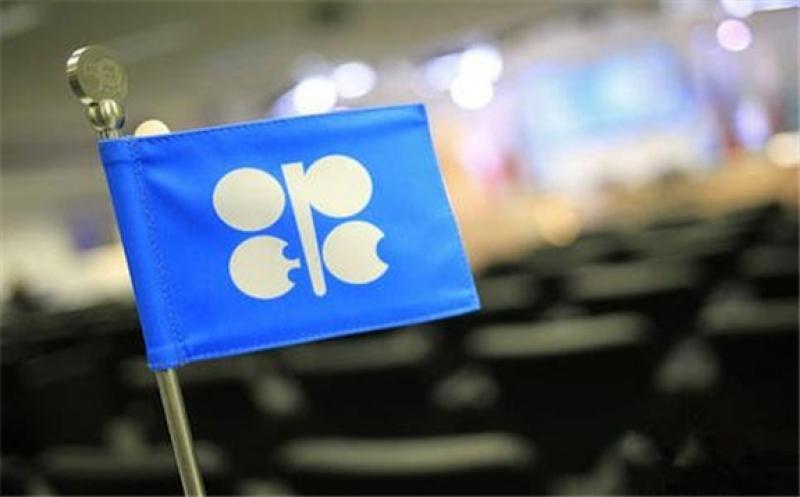World oil demand will plateau in the late 2030s and by then begin to decline, the Organization of the Petroleum Exporting Countries (OPEC) said in its 2020 World Oil Outlook.

OPEC said on Thursday that the plateau and subsequent decline would be a result of a major shift for the producer group that reflects the lasting impact of the coronavirus crisis on the economy and consumer habits.
Oil use will rise to 107.2 million barrels per day (bpd) in 2030 from 90.7 million bpd in 2020, 1.1 million bpd below its 2030 forecast last year and over 10 million bpd below its 2007 prediction of 2030 demand.
OPEC added in the report, which looks at the 2019-2045 timespan, that global oil demand would grow at healthy rates during the first part of the forecast period before demand plateaus during the second half.
“Future demand will likely remain persistently below past projections due to the lingering effects of the COVID-19-related shutdowns and their impact on the global economy and consumer behavior“, the Organization stated.
Prior to the pandemic, rising climate activism in the West and widening use of alternative fuels were putting the strength of long-term oil demand under more scrutiny. Despite scaling back its forecasts, OPEC had still seen growth.
This year, it also sees potential for demand to begin to decline after 2030 given developments like a faster adoption of electric cars, more fuel efficiency, and a larger reduction in business and leisure travel after the pandemic.
It is worth noting that the scenario is not based on any major technological breakthroughs nor does it represent the full demand reduction possible.
“There is ample scope for far larger implementation of energy efficiency measures, which could potentially depress future oil demand to much lower levels“, OPEC said.
OPEC has been concerned the pandemic could hit demand permanently, could pressure oil prices and challenge its efforts to balance the market.
This year OPEC+ agreed record output cuts of 9.7 million bpd, the equivalent of 10 per cent of global supply. OPEC still sees oil demand rising in the next few years, unlike some others.
Oil use will jump to 97.7 million bpd next year, reach 99.8 million bpd in 2022 – above the 2019 level – and grow to 102.6 million bpd by 2024. The 2024 figure is less than last year’s forecast.
Longer term, its reference case is for oil demand to reach 109.3 million bpd in 2040 and decline slightly to 109.1 million bpd by 2045.
The pandemic had accelerated a trend for lower oil use in industrialised Organisation for Economic Cooperation and Development countries, and non-OECD growth.
Electric cars are also increasing their share of the market and OPEC believes that they will account for over 27 per cent of new cars globally by 2045. Nonetheless, OPEC still hopes to boost production in the coming decades as rival output declines.
OPEC Secretary-General Mohammad Barkindo said: “In a year without precedent, we are very proud to bring you this exceptional edition of the [outlook] with the hope that it enriches the global energy dialogue and inspires closer cooperation. Oil will continue to account for the largest share of the energy mix by 2045.
“As we turn an important page in our history, OPEC’s commitment to securing an efficient, economic and steady supply of oil to consuming countries, and providing essential support to the global economy, is as unshakable today as it was when the Organization was founded 60 years ago”.